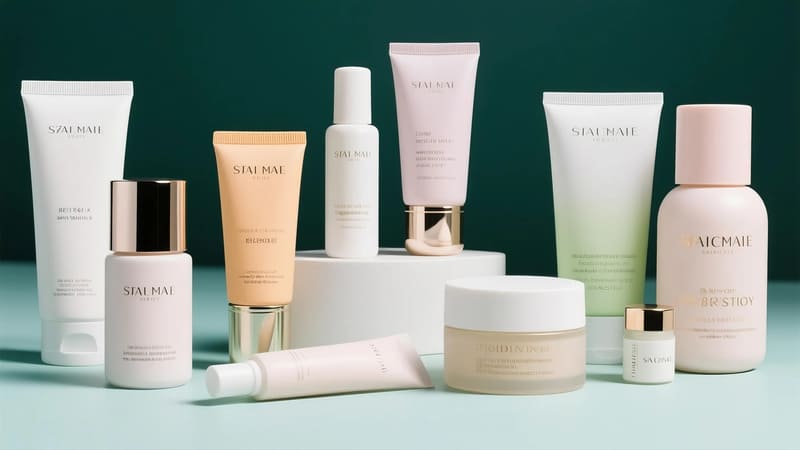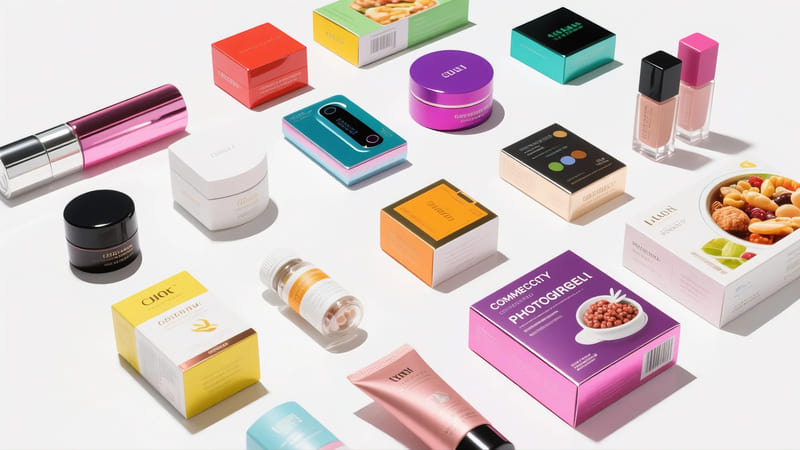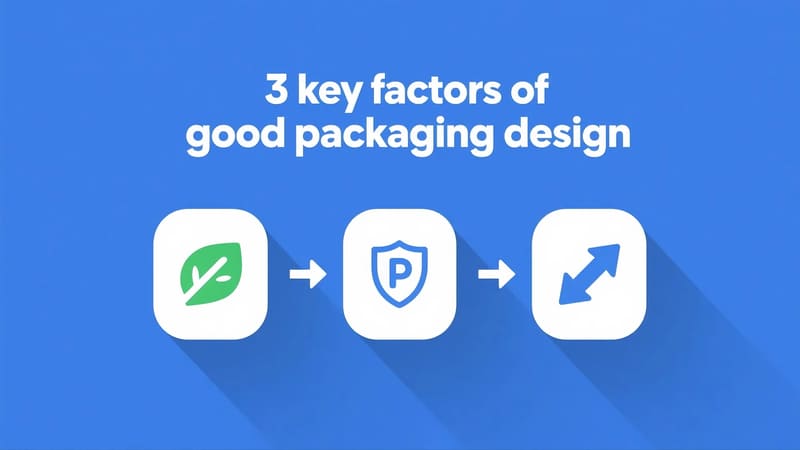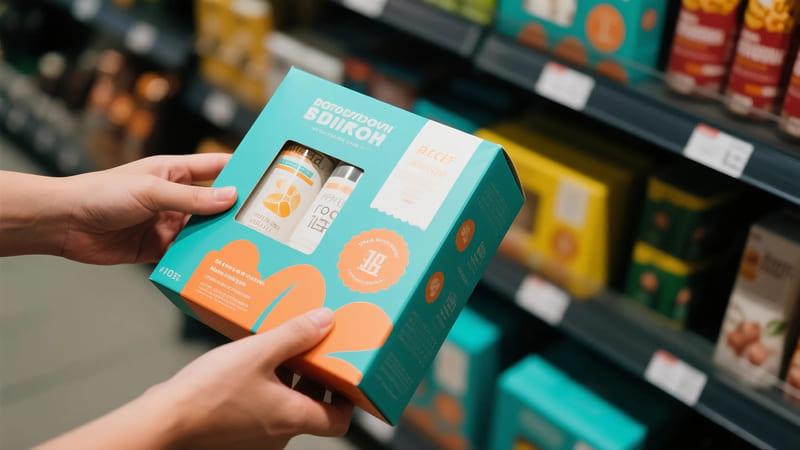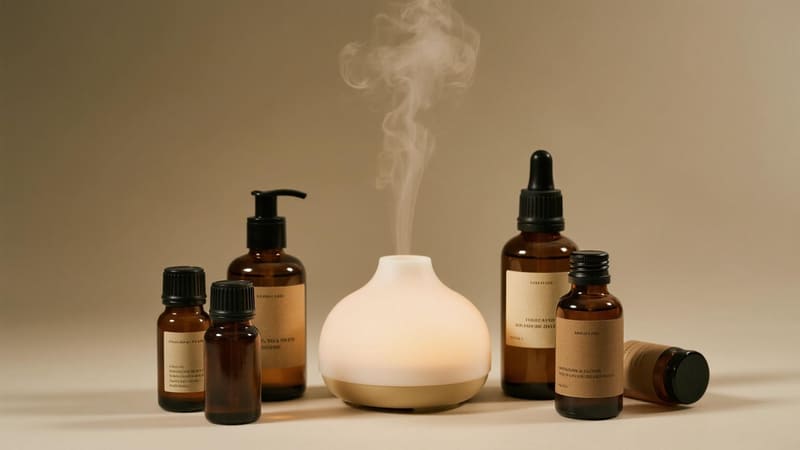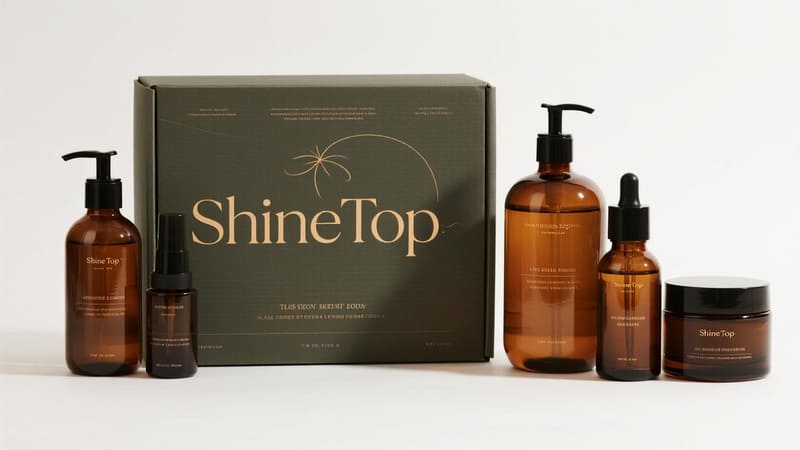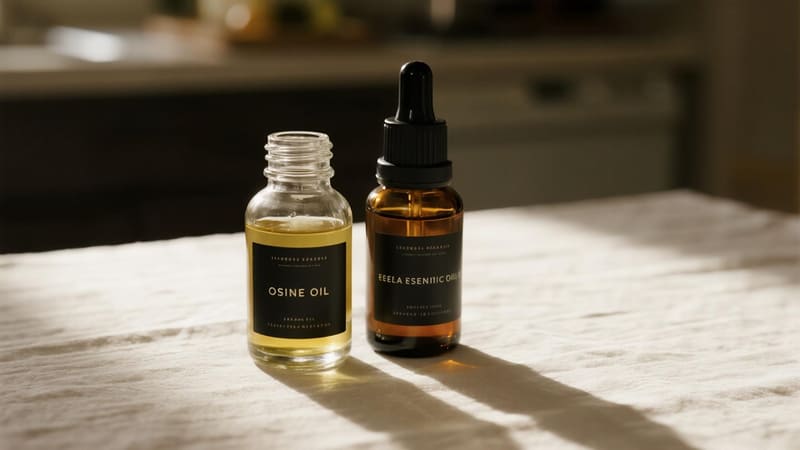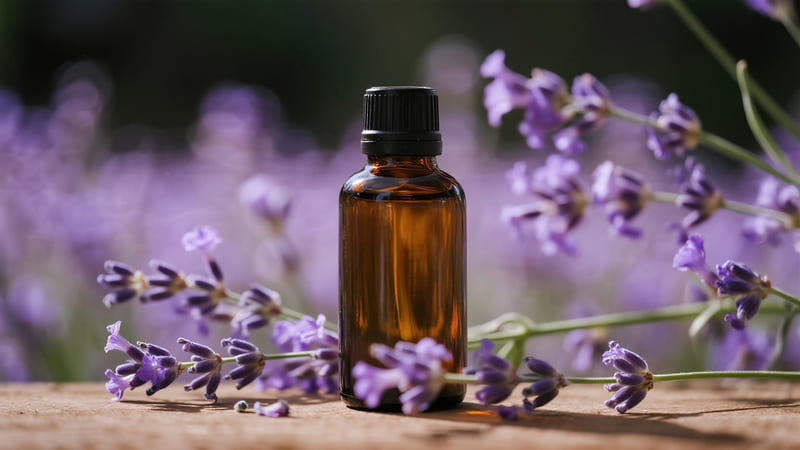In a sea of beauty products, what makes one package catch your eye and another fade into the background? Attractive cosmetic packaging is a carefully crafted blend of art, psychology, and brand strategy.
Attractive cosmetic packaging typically combines compelling visual elements (color, graphics, typography), appealing form (shape, material, texture), clear brand messaging, and an overall aesthetic that resonates with the target consumer, evoking positive emotions and a sense of desirability.
Creating attractive cosmetic packaging is about more than just looking pretty; it’s about making a connection with the consumer. As a packaging manufacturer with ShineTop for over two decades, I’ve seen how thoughtful design choices can transform a product’s appeal. Let’s explore the key ingredients of attractive packaging.
What Makes a Packaging Attractive?
Attractiveness in packaging isn’t accidental. It’s the result of deliberate design choices that appeal to our senses and psychology, making a product stand out and feel desirable.
Packaging becomes attractive through a harmonious combination of visual appeal (color, imagery, typography), tactile qualities (texture, material feel), structural design (shape, form), and its ability to clearly communicate a compelling brand story or product benefit that resonates with the target audience.
The principles of attractive packaging apply across many industries, but they are particularly potent in cosmetics where visual and sensory appeal are paramount.
Universal Elements of Attractive Packaging:
-
Visual Harmony & Aesthetics:
- Color Psychology: Colors evoke specific emotions and associations (e.g., blue for calm, red for passion, green for natural). Harmonious or strikingly contrasting color palettes can be very effective.
- Imagery & Graphics: High-quality photography, illustrations, or patterns that are relevant to the product or brand can draw the eye.
- Typography: The choice of fonts, their size, and arrangement should be legible, aesthetically pleasing, and reflect the brand’s personality.
- Overall Composition: A balanced and well-organized layout that guides the eye and doesn’t feel cluttered.
-
Structural Design & Form:
- Shape & Uniqueness: An unusual or elegant shape can make a package stand out.
- Material Choice: The look and feel of the material (e.g., the clarity of glass, the sleekness of metal, the warmth of wood, the texture of specialty paper) contribute significantly.
- Tactile Experience: Finishes like soft-touch lamination, embossing, or debossing add a sensory dimension that enhances attractiveness.
-
Clarity & Communication:
- While mystery can be alluring, the packaging should still clearly communicate what the product is and its key benefits, or at least intrigue the consumer enough to learn more.
- The brand name should be easily identifiable.
-
Brand Consistency & Authenticity:
- The packaging design should feel authentic to the brand and consistent with its overall image and values.
-
Target Audience Resonance:
- What one demographic finds attractive, another might not. Successful attractive packaging speaks directly to the preferences and aspirations of its intended consumer.
Mohammed, my client from Iraq who creates high-end custom gift sets, understands this well. He focuses on luxurious materials, elegant typography, and often incorporates gold foil stamping because these elements are perceived as highly attractive and premium by his target customers.
What Makes Packaging Appealing?
"Appealing" packaging goes a step beyond just being visually attractive; it creates a sense of desire or connection, making the consumer want to pick it up, learn more, and ultimately purchase.
Packaging becomes appealing when it successfully combines aesthetic beauty with emotional resonance, perceived value, and a clear promise of a desirable experience or benefit. It often tells a story, evokes a positive feeling, or aligns with the consumer’s aspirations and values.
Appealing packaging taps into consumer psychology, making a product seem irresistible.
Factors Contributing to Appealing Packaging:
-
Emotional Connection:
- Does the packaging evoke positive feelings like joy, excitement, calm, confidence, or nostalgia?
- Does it tell a story that resonates with the consumer’s own experiences or desires?
-
Perceived Value & Quality:
- High-quality materials, thoughtful design, and fine details can make the product inside seem more valuable and effective.
- Packaging that feels substantial or luxurious often increases perceived worth.
-
Aspirational Qualities:
- Does the packaging represent a lifestyle or image that the consumer aspires to? Luxury brands excel at this.
- It can make the consumer feel like they are treating themselves or investing in something special.
-
Sensory Engagement:
- Visual Appeal: Striking colors, beautiful imagery, elegant typography.
- Tactile Appeal: Interesting textures, the weight of the package, satisfying closures (e.g., a magnetic click).
- Olfactory Appeal (Indirect): While the package itself isn’t scented, for products like perfume, the design must hint at the beautiful scent within.
-
Uniqueness & Novelty:
- Innovative structures, unusual materials, or highly creative designs can be very appealing because they stand out and feel fresh.
-
Authenticity & Trust:
- Packaging that feels honest, transparent (e.g., clearly listing ingredients, showing the product if appropriate), and true to the brand’s ethos can build trust and appeal.
- For brands focusing on natural or organic products, packaging that reflects these values (e.g., using earthy tones, simple graphics, sustainable materials) is appealing to their target audience.
Anna, a cosmetics manufacturer in Thailand, makes her packaging appealing by using clean, minimalist designs with botanical illustrations that subtly communicate the natural, gentle efficacy of her products. This appeals to consumers seeking authentic, wholesome beauty solutions.
What are the 3 Factors That Make a Good Packaging Design?
While many elements contribute to attractiveness, a truly "good" packaging design effectively balances several core principles to achieve its objectives.
Three crucial factors that make a good packaging design are: 1. Clarity & Communication (clearly identifying the product and brand), 2. Honesty & Authenticity (accurately representing the product), and 3. Visual & Emotional Appeal (attracting the consumer and creating a positive connection). Functionality is an underlying necessity.
A "good" packaging design is one that works effectively on multiple levels – practically, aesthetically, and commercially.
The Trio of Good Design:
-
Clarity & Communication:
- What is it? The consumer should be able to quickly understand what the product is and what it’s for.
- Who makes it? The brand should be easily identifiable.
- Key Benefits: While not always explicit on the front, the design should hint at or support the product’s main selling points.
- Legibility: All text, especially important information like ingredients or warnings, must be easy to read.
- Simplicity often aids clarity. Overly cluttered designs can be confusing.
-
Honesty & Authenticity:
- Accurate Representation: The packaging should honestly reflect the product inside. Misleading imagery or exaggerated claims can lead to customer disappointment and distrust.
- Brand Truth: The design should be true to the brand’s values and personality. If a brand claims to be eco-friendly, its packaging should ideally reflect that.
- Transparency: For some brands, showing the actual product through a clear window or using realistic imagery builds trust.
-
Visual & Emotional Appeal (Attractiveness & Desirability):
- Shelf Impact: Does it stand out from competitors and grab attention?
- Aesthetic Quality: Is it visually pleasing in terms of color, shape, graphics, and typography?
- Emotional Connection: Does it evoke the desired feelings or aspirations in the target consumer? Does it make them want the product?
- Memorability: Is the design distinctive enough to be remembered?
Underlying all of this is Functionality: The packaging must, of course, protect the product, be easy to open and use, and meet any regulatory requirements. A beautiful but impractical package is ultimately a design failure.
At ShineTop, our design and engineering teams work closely with clients to ensure these factors are balanced. We might propose a stunning visual concept, but we also ensure it can be manufactured efficiently, protects the product, and allows for all necessary labeling.
Why Do Manufacturers Make Packing More Attractive?
The effort and investment poured into making packaging attractive isn’t just for show. It’s a strategic business decision driven by the powerful impact packaging has on consumer behavior and brand success.
Manufacturers make packaging more attractive primarily to capture consumer attention in a competitive marketplace, differentiate their products from rivals, enhance perceived product value, build brand identity and loyalty, and ultimately, to increase sales and profitability.
Making packaging attractive is a fundamental marketing and sales strategy. It’s an investment that can yield significant returns.
Strategic Reasons for Attractive Packaging:
-
Competitive Advantage (Standing Out):
- In crowded retail environments (both physical and online), attractive packaging is often the first and best way to get noticed among a sea of similar products.
-
Influencing Purchase Decisions:
- Studies have shown that a significant percentage of purchasing decisions are made at the point of sale. Attractive packaging can be the deciding factor.
- It creates an impulse to buy.
-
Building Brand Equity & Recognition:
- Distinctive and attractive packaging becomes synonymous with the brand, making it easily recognizable and memorable. This builds brand equity over time.
- Think of the iconic shape of a Coca-Cola bottle or the minimalist elegance of Apple’s packaging.
-
Enhancing Perceived Value & Justifying Price:
- Attractive, high-quality packaging can make a product seem more valuable, allowing manufacturers to command a higher price point. Consumers often associate better packaging with a better product.
-
Creating a Positive User Experience:
- The experience of unboxing and using a product with attractive packaging can enhance customer satisfaction and contribute to repeat purchases.
-
Communicating Product Quality & Benefits:
- The design can subtly (or overtly) communicate key attributes of the product, such as luxury, naturalness, efficacy, or innovation.
-
Encouraging Social Sharing & Word-of-Mouth:
- "Instagram-worthy" packaging is more likely to be shared on social media, providing free marketing and generating buzz.
As a manufacturer of custom packaging, ShineTop’s mission is to help brands achieve these goals. We provide the design expertise, material options, and advanced manufacturing techniques (like unique surface treatments and printing) that transform a simple container into an attractive and powerful marketing tool.
Conclusion
Attractive cosmetic packaging is a masterful blend of visual allure, tactile appeal, and smart brand communication. It captivates the eye, evokes emotion, and enhances perceived value, making it an indispensable tool for brands striving to connect with consumers and succeed in a competitive marketplace. Good design considers clarity, honesty, and emotional appeal to create packaging that truly resonates.

